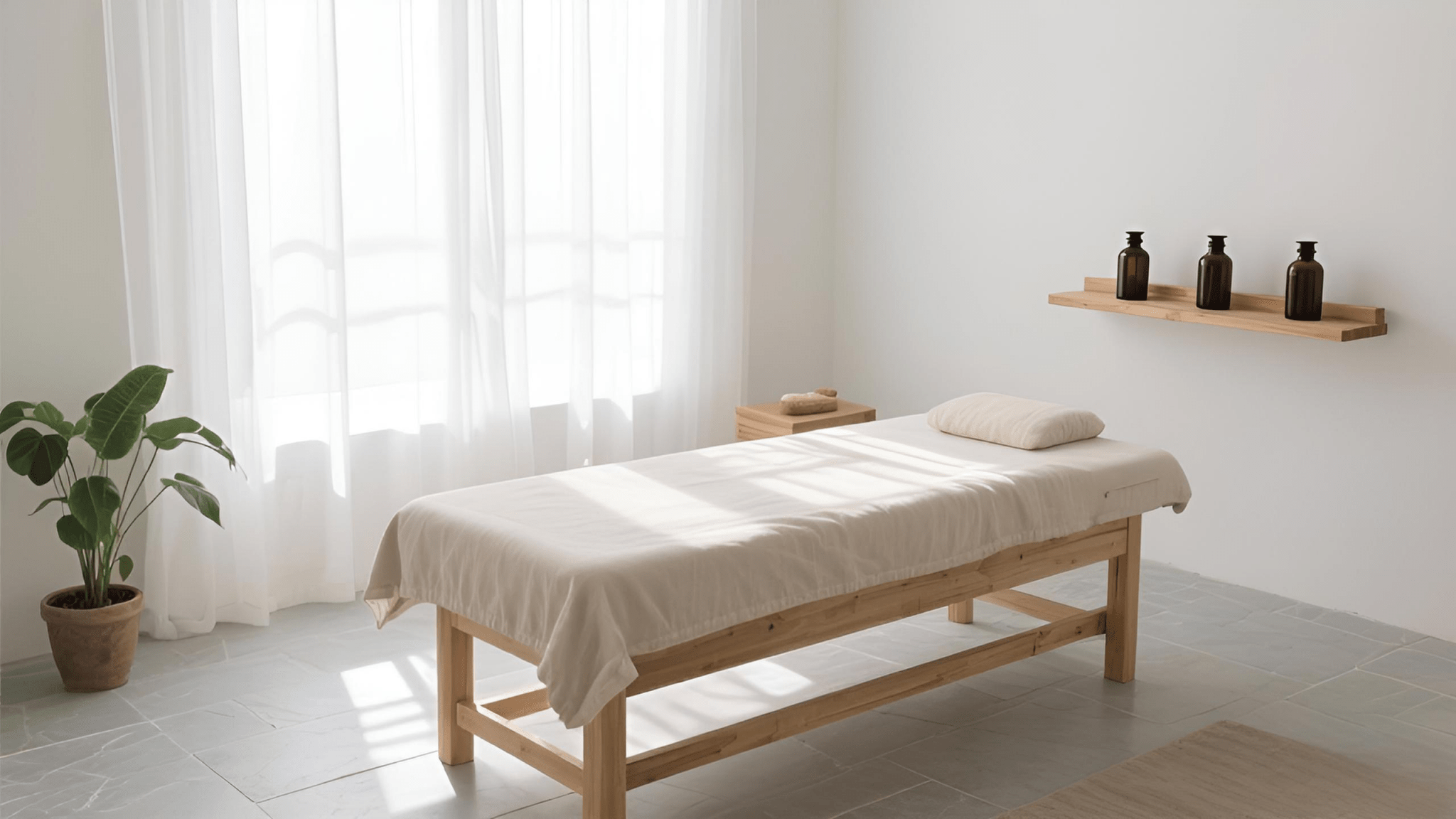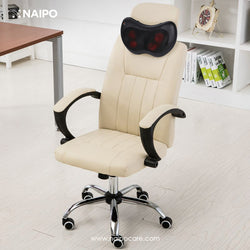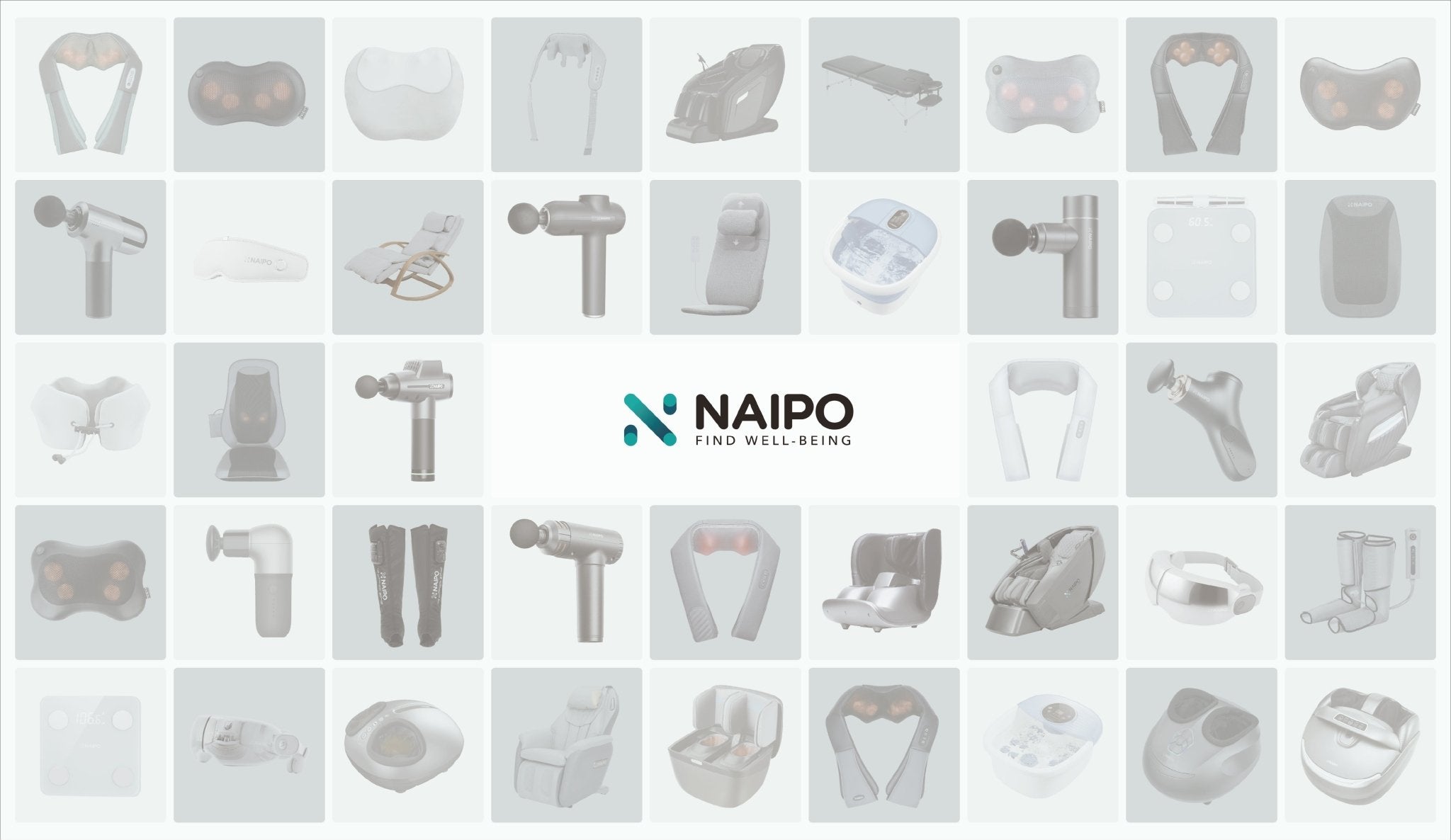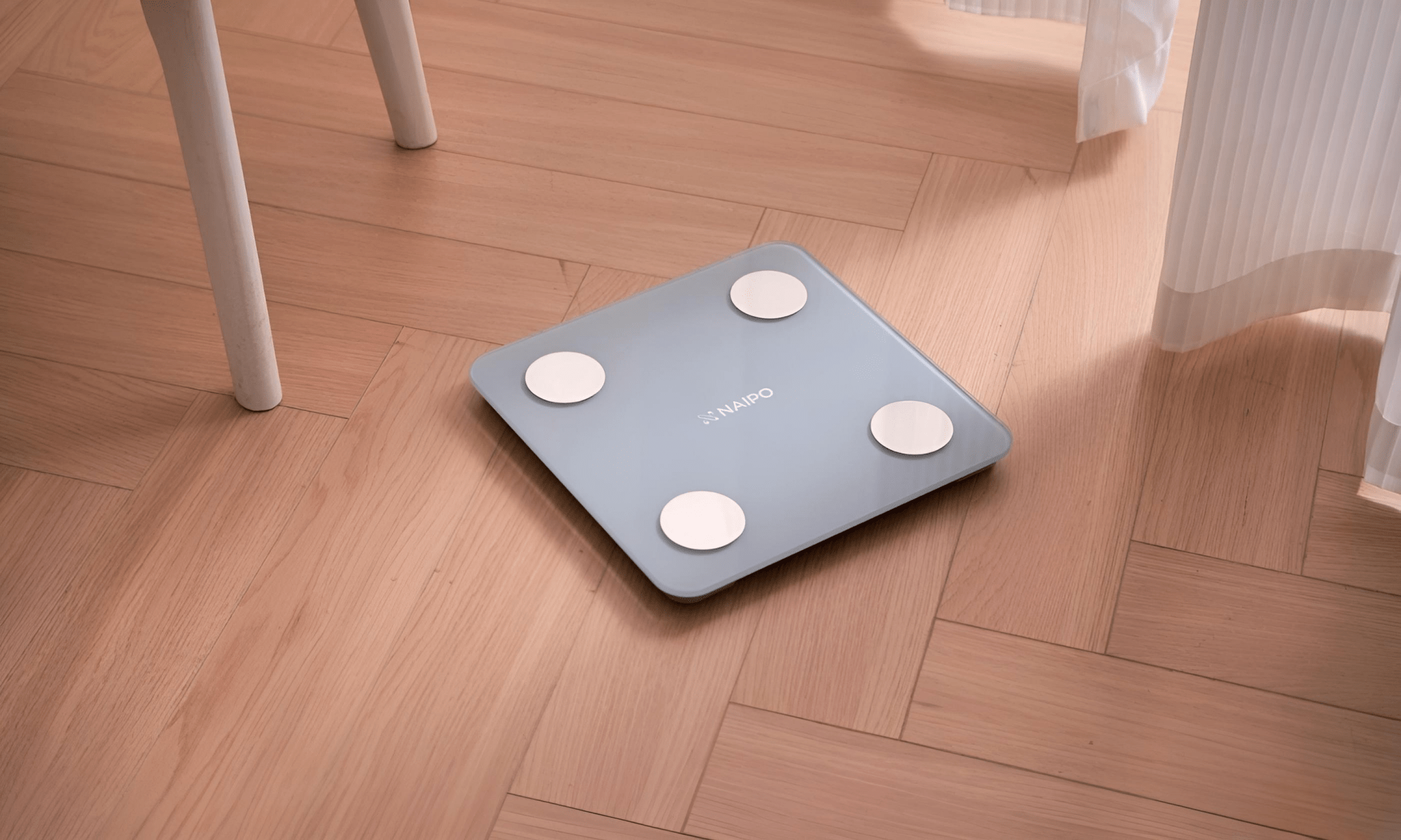
Where Touch Becomes Medicine: Chinese and Thai Massage Explained
Life moves fast—and so do our stress levels. Stiff necks, sore backs, and that “ugh-my-body-feels-like-a-rock” feeling are way too common these days. But here’s the fun part: the fix isn’t the same for everyone. Around the world, different massage traditions have evolved, each with its own magic touch. Some heal with pinpoint pressure, some with deep stretches, and others with aromatherapy and pure calm. So, which one is calling your name? Let’s break it down.

Chinese Tui Na: Acupressure Magic for Stubborn Pain
If you’ve ever felt like one nagging knot in your back is controlling your entire mood, Tui Na might be the reset button you need. Rooted in Traditional Chinese Medicine (TCM), this massage isn’t just about rubbing sore muscles—it’s about guiding your body’s energy, or Qi, back into balance.
A Tui Na therapist works along your body’s meridians, pressing into specific acupressure points that correspond to different organs and functions. For example, stimulating the space between your thumb and index finger can help ease headaches, while pressure along the lower spine can calm sciatic nerve flare-ups. It’s a mix of pushing, kneading, rolling, and sometimes even gentle joint manipulation. Don’t be surprised if you hear soft “pops” as joints realign—that’s often your body releasing built-up tension.
Think of it as part science, part art: while modern medicine might explain the effects as improved circulation and nerve stimulation, TCM views it as restoring harmony between your body’s yin and yang. It’s an active, therapeutic style, more like physical therapy than spa treatment.
👉 Best for: chronic pain, sports injuries, recurring discomfort, or anyone who wants more than just surface-level relief.

Thai Massage: Stretch It Out Like Assisted Yoga
If you’ve ever said, “I should stretch more” but never actually do, Thai massage is the perfect solution. Often called “lazy man’s yoga,” this practice combines rhythmic pressure with deep, assisted stretches. You stay fully clothed and lie on a comfortable mat, while the therapist gently moves you into postures that feel like yoga poses—without you doing the work.
Expect your therapist to use not only their hands, but also their elbows, knees, and even feet to apply pressure and guide movement. They may press along your energy lines (Sen) while lifting your legs into a hamstring stretch, or twist your torso to release stiffness along your spine. The result? Looser joints, lengthened muscles, and a surprising rush of energy afterward.
What’s fascinating is that Thai massage blends influences from Ayurveda, yoga, and traditional Chinese medicine, making it both invigorating and meditative. Some people describe it as a moving meditation—you’re stretched, massaged, and aligned in a way that leaves you feeling taller, lighter, and more awake.
👉 Best for: desk workers, athletes, people who feel “stuck” in their bodies, or anyone craving flexibility, circulation, and flow.

Massage, at its heart, is not just a treatment but a timeless ritual of care—an intimate conversation between body, mind, and spirit. Across cultures, it has taken different forms: the focused precision of Chinese Tui Na, guiding energy back into balance; the dynamic flow of Thai massage, opening space through stretch and movement; and the gentle embrace of Swedish massage, where touch and aroma weave a sanctuary of calm.
Though their techniques differ, they share one truth: wellness is deeply personal. Some of us seek relief from chronic pain, others long for freedom from stiffness, and many simply wish for a moment of stillness. Each massage reminds us that healing is not only physical—it is emotional, energetic, and profoundly human.
Perhaps the greatest gift of massage is the permission it gives us to pause. In surrendering to touch, to breath, to scent, we discover that restoration does not come from effort but from allowing ourselves to let go. In that quiet space, we remember what it means to feel whole again.




Leave a comment
This site is protected by hCaptcha and the hCaptcha Privacy Policy and Terms of Service apply.